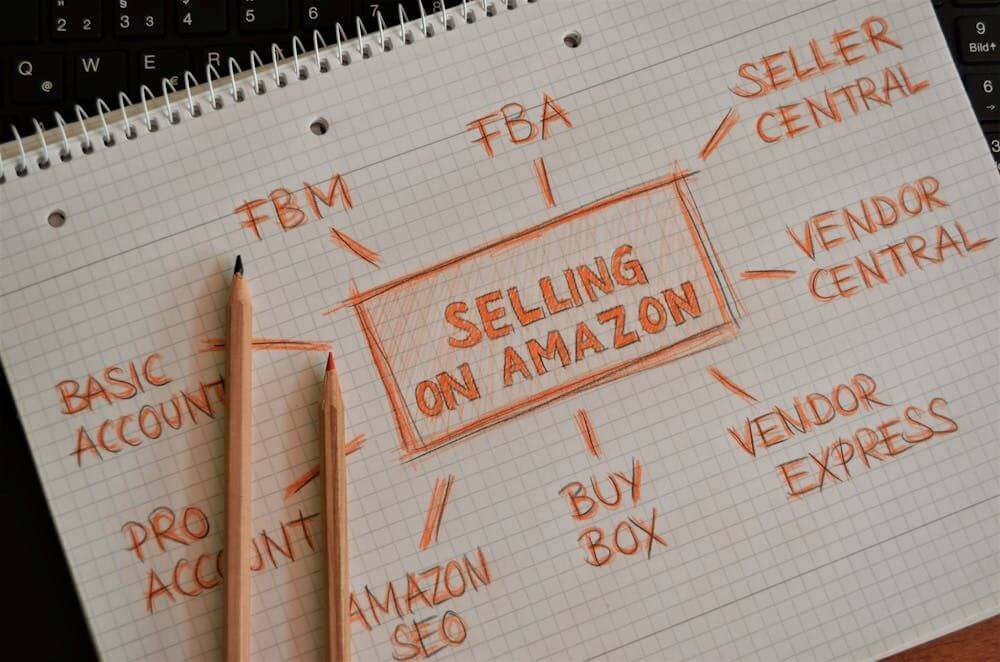The Fulfillment by Amazon (FBA) program has served as a cornerstone for eCommerce sellers seeking to leverage the retail giant’s extensive logistics network and vast customer base. Perks such as Prime eligibility, automated fulfillment, and exposure to millions of shoppers have enabled numerous entrepreneurs to cultivate prospering businesses. Yet as we enter 2025, concerns over profitability are intensifying. Numerous sellers, facing rising fees, growing competition, and changing market conditions, doubt FBA’s ongoing effectiveness as a path to success.
This article takes a deep dive into the current state of Amazon FBA, evaluating both the challenges and opportunities for sellers in 2025. By examining the latest trends, we aim to provide a clear picture of whether investing in an Amazon FBA business is still a profitable endeavor.
The State of Amazon FBA in 2025
Amazon continues to reign as a powerhouse in eCommerce, largely due to FBA. Currently, 62% of Amazon sales still come from third-party sellers, many of whom rely on FBA for fulfillment. Brands that have been around a while along with private-label sellers now compete hard to get noticed as there are more competitors entering this market every day. This saturation demands that sellers adopt more strategic approaches to stand out.
Another key trend shaping Amazon FBA in 2025 is the growth of international marketplaces. Amazon has expanded its footprint in regions like South America, the Middle East, and Southeast Asia which herald new opportunities for sellers adept at navigating global eCommerce complexities. While these markets may have less competition, they also come with logistical and regulatory challenges. Sellers who take advantage of Amazon’s international fulfillment network may find profitable niches beyond the crowded U.S. market.
Increased Competition: Can New Sellers Still Succeed?
With over 9.7 million sellers on Amazon, competition is fierce. Established brands typically monopolize search results, holding back new entrants’ ability to gain traction. Moreover, the platform’s algorithm—favoring products with robust sales and positive reviews—exacerbates newcomers’ abilities to break into profitable markets. Those sellers who achieve success usually possess a thoroughly researched special area, improved listings, and an effective promotional plan.
One way to stand out in a competitive market is through branding. Private-label sellers who invest in high-quality packaging, professional product images, and compelling brand stories have a better chance of success. Additionally, leveraging Amazon’s Brand Registry and A+ Content can help build trust and improve conversion rates. While competition is higher than ever, innovative and data-driven sellers can still carve out profitable opportunities.
Opportunities for Profitability in 2025
Amazon FBA, despite its challenges, continues to present notable opportunities for profit, particularly for adaptable sellers attuned to evolving trends. The most promising strategy involves pinpointing underserved niches. Rather than vying in overcrowded markets such as electronics or generic home goods, sellers should concentrate on specialized, high-margin products tailored to distinct consumer demands.
Private-label branding remains a profitability cornerstone in 2025. Sellers, by forging unique and recognizable brands, differentiate from competitors and cultivate customer loyalty. Investment in professional branding elements not only elevates perceived value but also enables higher pricing strategies to enhance profit margins. Furthermore, actively driving external traffic—via social media marketing and influencer collaborations—not only enhances sales but also minimizes dependency on Amazon’s proprietary advertising network.
Alternative Business Models to Consider
FBA still is a favorite method for fulfillment; however, sellers are more and more looking at different options to boost their profits. Fulfillment by Merchant (FBM) lets the sellers take charge of their own storage and delivery, which might lower expenses. Even though FBM items do not automatically get Prime status, using Seller Fulfilled Prime (SFP) can assist in keeping the products’ eligibility for Prime while also managing costs related to its distribution.
Another increasing trend is the use of third-party logistics (3PL) providers. Many sellers are utilizing 3PL services for storing and shipping their inventory, thereby bypassing the escalating storage charges of Amazon. This hybrid approach—using FBA for fast-moving products and 3PL for slower inventory—can help sellers optimize costs while maintaining efficient fulfillment operations. Additionally, diversifying sales channels by expanding to Shopify, Walmart Marketplace, or eBay can reduce dependence on Amazon.
Expert Tips for Maximizing Profits in 2025
To succeed on Amazon in 2025, sellers must optimize their listings with high-quality images, keyword-rich titles, and compelling bullet points. Using Amazon’s A+ Content and Enhanced Brand Content (EBC) can also boost conversion rates by providing more detailed product descriptions and visuals. Additionally, continuously monitoring product reviews and responding to customer inquiries quickly can help maintain a strong seller reputation.
Another key factor in profitability is advertising. With rising PPC costs, sellers must carefully manage ad campaigns to avoid overspending. Using long-tail keywords, negative keyword targeting, and split testing ad creatives can help improve return on ad spend. Moreover, leveraging social media and influencer marketing to drive external traffic can reduce dependence on Amazon’s internal advertising system.
Conclusion
So, is Amazon FBA profitable in 2025? The answer—nuanced though it may be—affirms that, despite increased competition and complexity within the marketplace, sellers can still find success by adapting accordingly. Sellers can navigate the challenges and maintain healthy profit margins by focusing on niche markets, building strong, private-label brands, and exploring alternative fulfillment methods.
Thriving in this evolving landscape hinges on agility. Keeping up-to-date with changes from Amazon, trying out new methods and broadening sales channels are all critical steps for lasting success. For people who are prepared to put in the needed time and work, Amazon FBA can still stay as a profitable business model in 2025 and beyond.




